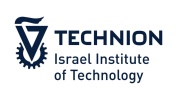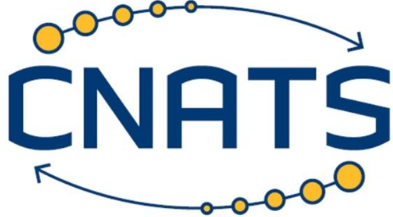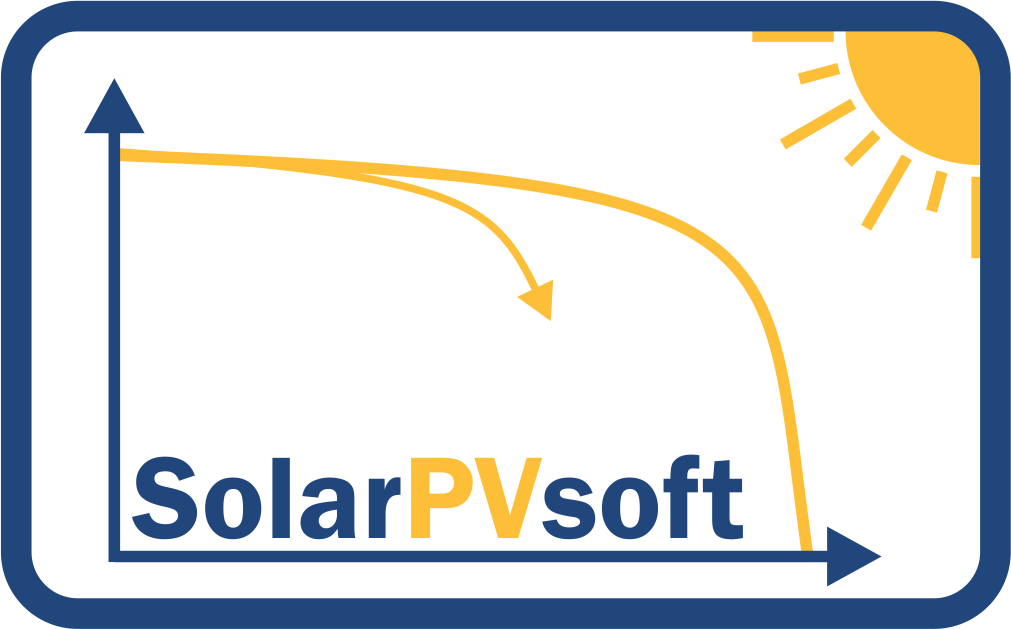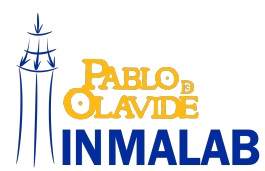Scale Up
LARGE SCALE MOLECULAR SIMULATION OF PEROVSKITE SOLAR CELLS (SCALEUP) for the international SOLAR Confund 2 program.

Metal halide perovskites (MHP) have emerged as one of the most studied semiconductors due to their excellent optoelectronic properties. This is evidenced by the rapid development of perovskite solar cells (PSCs) with a record certified photoconversion efficiency nowadays of 25.2%, similar to those of silicon cells (https://www.nrel.gov/pv/cell-efficiency.html). Nonetheless, industrial application of PSCs is critically hampered by instability issues, including intrinsic, environmental, and operational factors. Instability is attributed to several chemical and dynamical processes that occur at very distinct time scales, like slow ionic rearrangements and physical and chemical interactions in the bulk and at interfaces with contact layers. These phenomena cause IV hysteresis, and ultimately, device degradation.
In this proposal, we combine the complementary capacities of classical and quantum computational tools to develop versatile numerical models for large scale molecular dynamics, capable to capture the physics and chemistry that trigger processes causing instability issues.
To this end, we will (1) establish a universal set of reliable and transferable reactive force fields for Classical Molecular Dynamics (CMD) simulations and (2) develop new methods to describe dynamics and chemistry of MHP in the long-time scale. We will apply them to study the intrinsic stability of complex MHP alloys and their interactions with selective oxide contacts.
The force fields and large scale MD simulations will be refined and validated by experimental data involving X-ray diffraction, photoelectron spectroscopy and electrical measurements in the time/frequency domains of functioning devices. The availability of these numerical tools and userfriendly software, with the potential to describe with reasonable accuracy complex MHP alloys for large sizes and in the long-time scale, will make it possible to accomplish key advances to extend the durability of PSCs and to provide software and testing benchmarks to enable researchers to achieve this goal.
Partners
|
UNIVERSIDAD PABLO DE OLAVIDE, ÁREA DE QUÍMICA FÍSICA (SEVILLE, SPAIN) |
 |
|
UNIVERSITÄT ZU KÖLN, DEPARTMENT OF CHEMISTRY (GERMANY) |
 |
|
FLUXIM INC. (SWITZERLAND) |
 |
|
ISRAEL INSTITUTE OF TECHNOLOGY (HAIFA, ISRAEL) |
 |
|
EINDHOVEN UNIVERSITY OF TECHNOLOGY, DEPARTMENT OF APPLIED PHYSICS (EINDHOVEN, THE NETHERLANDS) |
 |

















